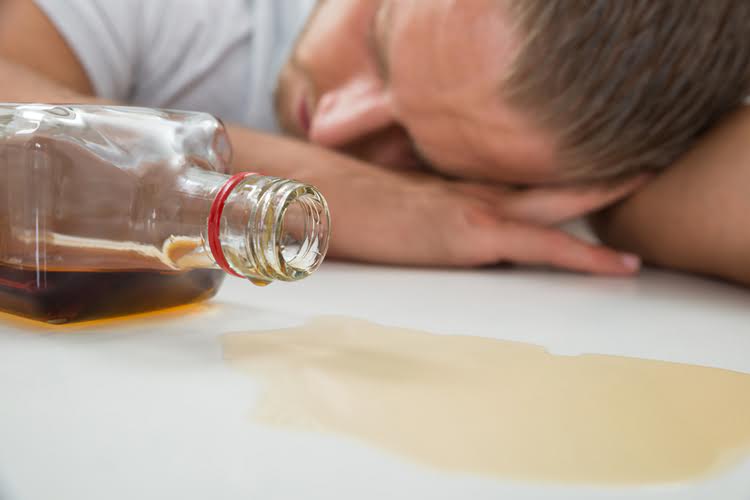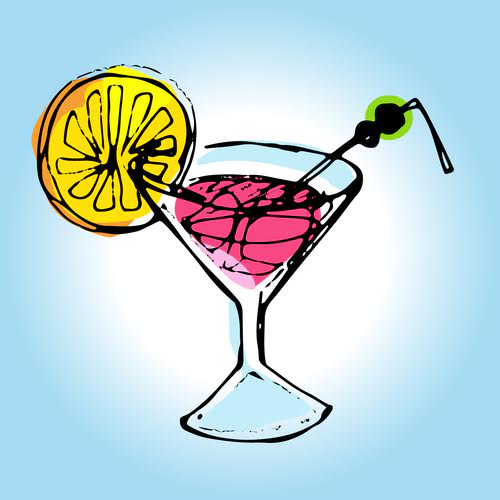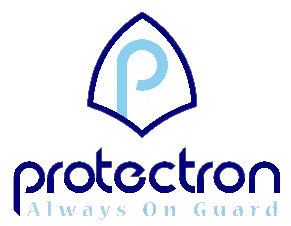For instance, some clients may focus on unpacking unresolved trauma, while others might work on improving relationships or building communication skills. Additionally, substance abuse counseling often includes goal setting, helping alcoholism treatment individuals establish tangible objectives for their recovery and maintain a clear sense of purpose throughout the process. Many people with alcohol addiction also struggle with anxiety, depression, PTSD, or ADHD.
- For more information, please visit the NIAAA Alcohol Treatment Navigator®, an online tool that helps individuals find the right treatment for them—and near them.
- Relapse can happen to anyone, regardless of how far along they are in their journey.
- Making amends forms a critical cornerstone of recovery, as it helps heal both the relationships damaged during addiction and your own emotional wellbeing.
Information on Alcoholics Anonymous
- Participating in a group helps ensure that when a person reaches out for help, A.A.
- It’s an opportunity to rebuild trust and relationships that may have been damaged due to addiction.
- At the Santa Barbara Recovery, our caring medical professionals and a home-like environment help make your experience comfortable and safe.
It’s also important to remember that, as with a chronic physical condition, relapse can occur. Inpatient addiction treatment is often a critical step for individuals because it lets them break away from the world to concentrate on themselves and overcoming addiction. But everyone must eventually return to regular life, and the transition from residential recovery to daily life can be challenging.
Stages of Addiction Recovery

The main goals of AA membership are to stay sober and help other alcoholics achieve sobriety. Signs of a drinking problemcan include financial issues, legal problems, struggling in relationships and using alcohol to deal with stress. Some of thephysical symptomsinclude shakiness, bloated appearance, sweating, changes in skin complexion, weight gain or loss, nausea, sleep issues and more. For those in recovery, the idea of drinking non-alcoholic beverages, such as non-alcoholic beer, wine, or “spirits,” can be a tempting option.
- Staying aware of these aspects helps you navigate them more effectively and safeguards your recovery.
- At Recovery at the Crossroads, we provide structured aftercare options, including outpatient programs, alumni events, and ongoing therapy, helping clients stay connected and supported.
- Reviewing the results, you may be surprised at your weekly drinking habits.
Step 2: Believing in a Higher Power
This means they can be especially helpful to individuals at risk for return to drinking. Combined with medications and behavioral treatment provided by health care professionals, mutual-support groups can offer a valuable added layer of support. To navigate the challenges of alcohol recovery successfully, it is important to develop productive strategies for managing triggers and cravings. We can proactively plan how to cope with these triggers by identifying them. Engaging in healthy activities that bring joy and relaxation can help distract from cravings. Building a strong support system of friends, family, or a support group can encourage you during tough moments.
The first step to overcoming drug abuse and addiction

Support can come from family members, friends, counselors, other recovering alcoholics, your healthcare providers, and people from your faith community. Most people with alcohol problems do not decide to make a big change out of the blue or transform their drinking habits overnight. Even after admitting you have a drinking problem, you may make excuses and drag your feet. It’s important to acknowledge your ambivalence about stopping drinking. If you’re not sure if you’re ready to change or you’re struggling with the decision, it can help to think about the costs and benefits of each choice. Primary care and mental health providers can provide effective AUD treatment by combining new medications with brief counseling visits.

State Rehab Guides
Peter’s journey from the depths of alcoholism to a thriving life as a personal trainer in Arizona is an inspiring example of the possibilities that recovery offers. His story underscores that with dedication and the right support, a life beyond alcohol is not only possible but can be truly wonderful. steps to recover from alcoholism Both men supported each other to stay sober, and Wilson was the first to kick his alcoholism.
We Care About Your Privacy
During inpatient treatment, you’ll receive 24/7 medical oversight to manage risks like seizures and delirium tremens, which typically peak hours after your last drink. Mindfulness practices such as meditation, yoga, or deep breathing exercises are also highly beneficial in recovery. These practices help individuals remain present, manage stress, and develop better emotional regulation skills.
Our supportive housing offers a safe space where clients can focus on healing while building independence. Comprehensive care with the flexibility to maintain daily routines. Our PHP offers structured, intensive treatment during the day while allowing you to return home in the evenings. You’ll build the skills and confidence needed for lasting sobriety. Our treatment ecosystem encompasses multiple levels of care and a range of treatment options, ensuring each client receives comprehensive, fully personalized support. To learn more about alcohol treatment options and search for quality care near you, please visit the NIAAA Alcohol Treatment Navigator.
